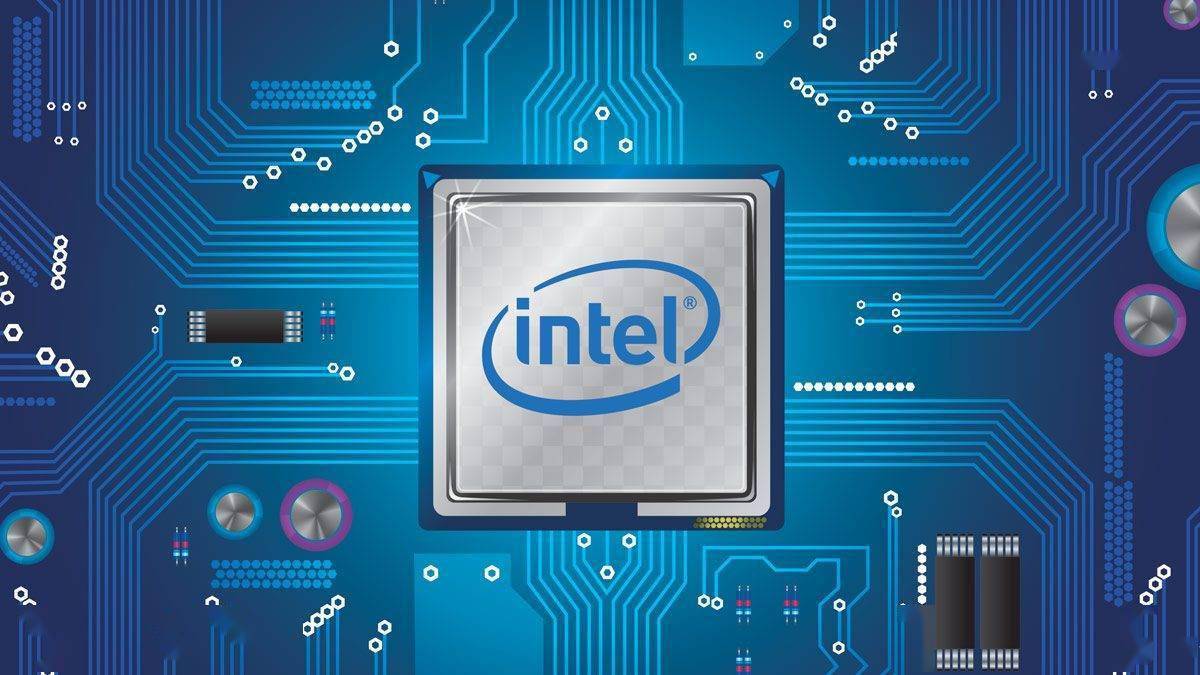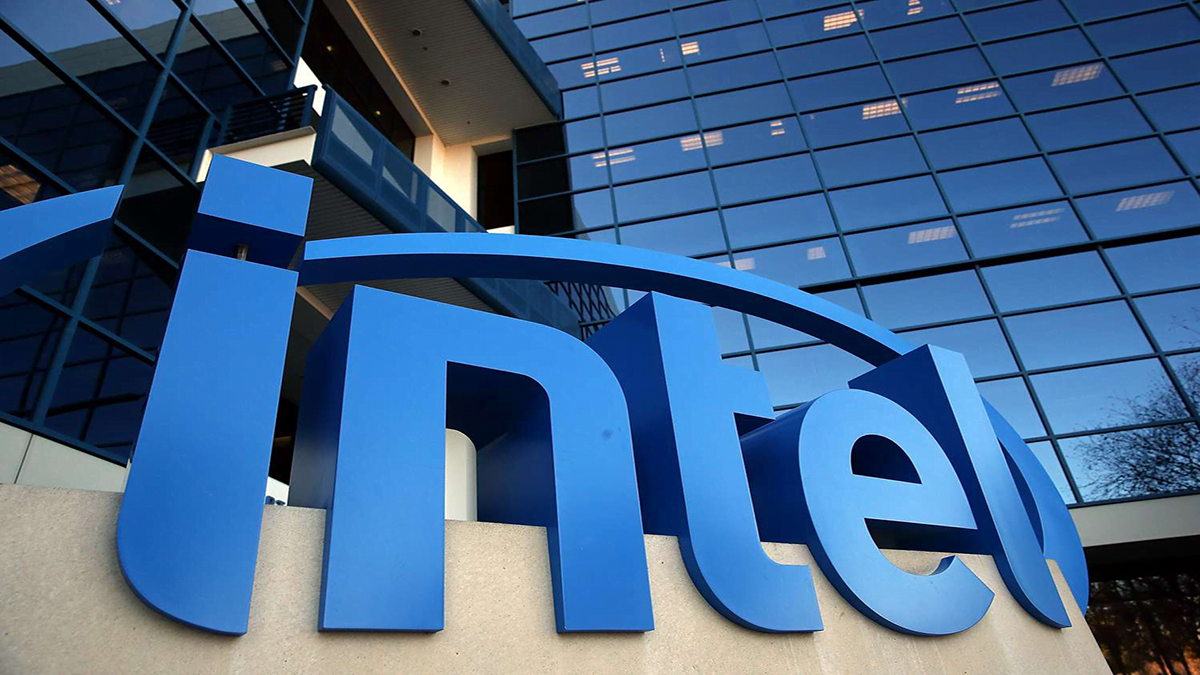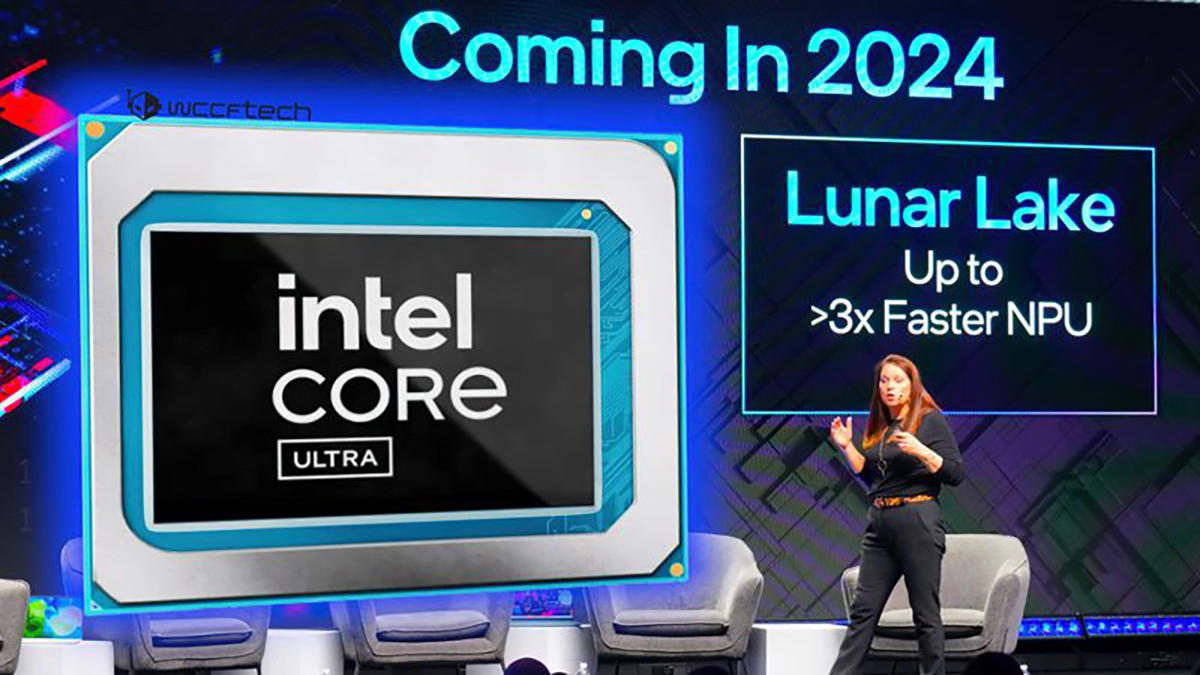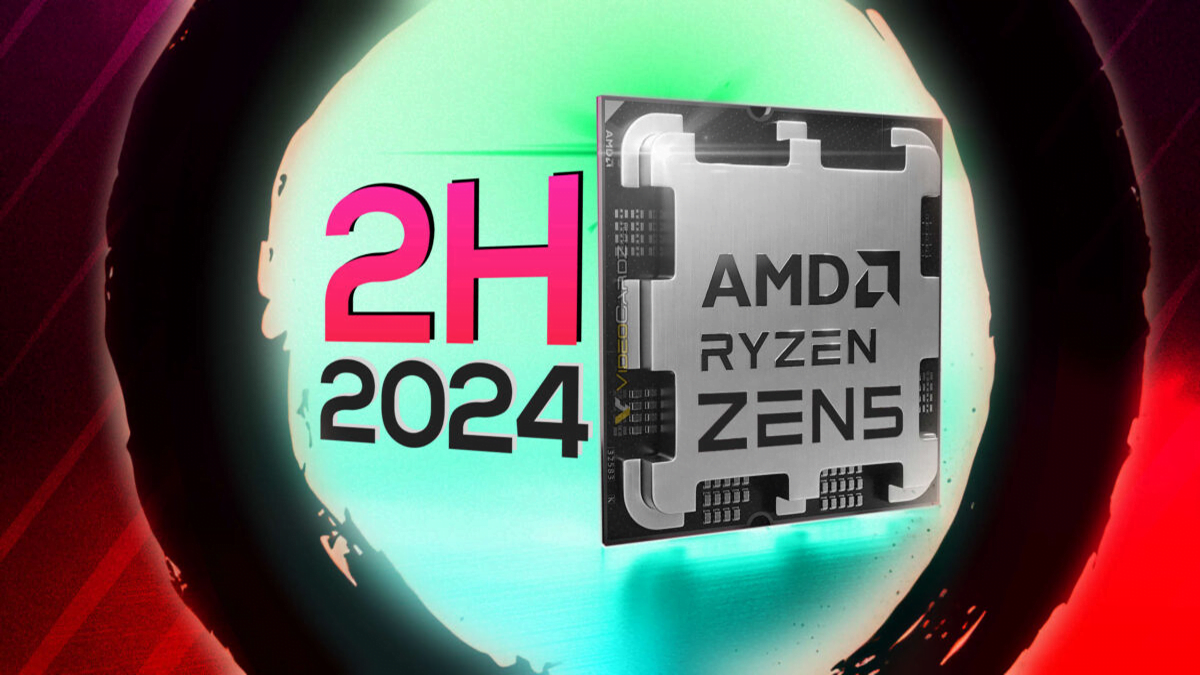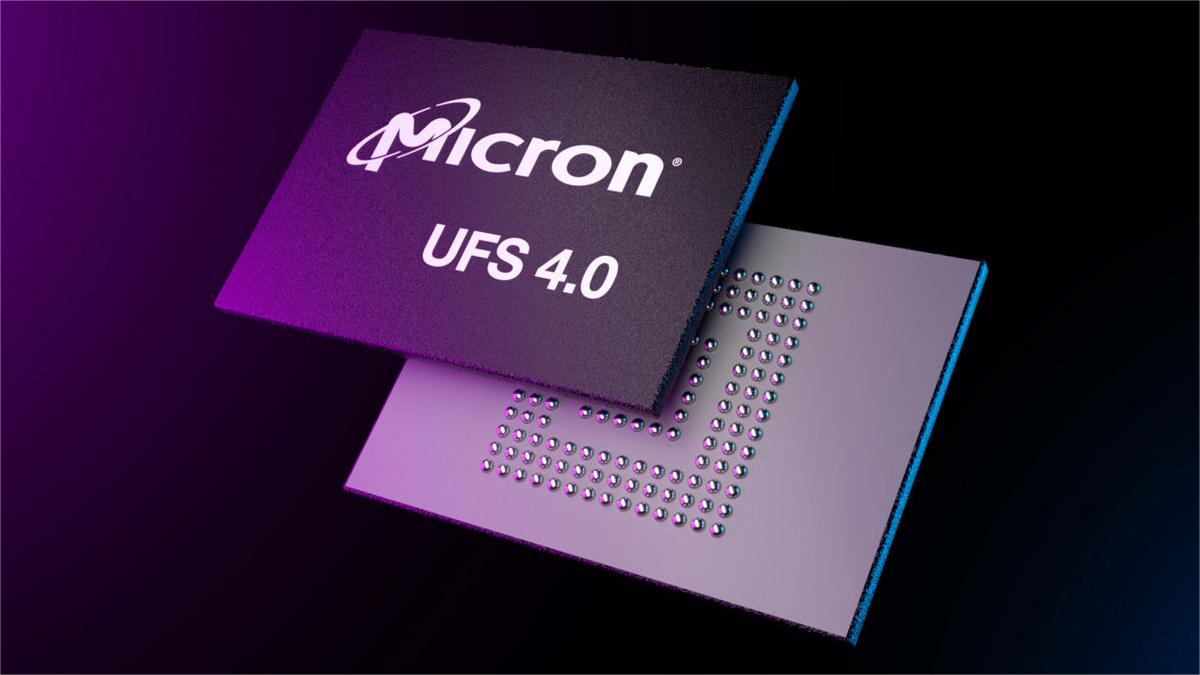On November 20th, Intel and Microsoft will collaborate to optimize DirectML for Intel Arc graphics solutions at the Microsoft Ignite Developer Conference. The results indicate that Intel achieved a 2.7x performance improvement in the AI image generator Stable Diffusion after updating the Arc Alchemist driver.

Although some of the improvement is attributed to the Intel driver team’s excellent traditional optimization techniques, the majority of the improvement is attributed to Microsoft’s Olive model optimization tool.
Officially, Intel has been collaborating with Microsoft to optimize DirectML for various types of Arc graphics solutions, including unique displays such as the Arc A770 and the built-in Arc core in the upcoming Core Ultra mobile processor.
Microsoft stated that one issue developers face when introducing AI capabilities into client systems is ensuring that the model can adapt and run well within the limitations of consumer PC system configurations. To help address this challenge, Microsoft released an open-source Olive model optimization tool last year.
IT Home has discovered that Microsoft has recently updated Olive, focusing on some new AI models, including Stability AI’s Stable Diffusion XL text to image generator and Meta’s Llama 2 large language model.
For example, Intel found that when running the Stable Diffusion 1.5 of ONNX with the Olive optimized version of DirectML execution provider, the Intel Arc A770 can run twice as fast as the default model.
To further enhance its performance, Intel has also introduced a highly optimized Multi Head Attention (MHA) metacommand for its drivers, which can extract more performance in models like Stable Diffusion.
Therefore, in the latest version of the driver, the Stable Diffusion 1.5 version on the Intel Arc A770 GPU provides up to 36% performance improvement compared to the previous version, achieving a cumulative performance improvement of 2.7 times.

